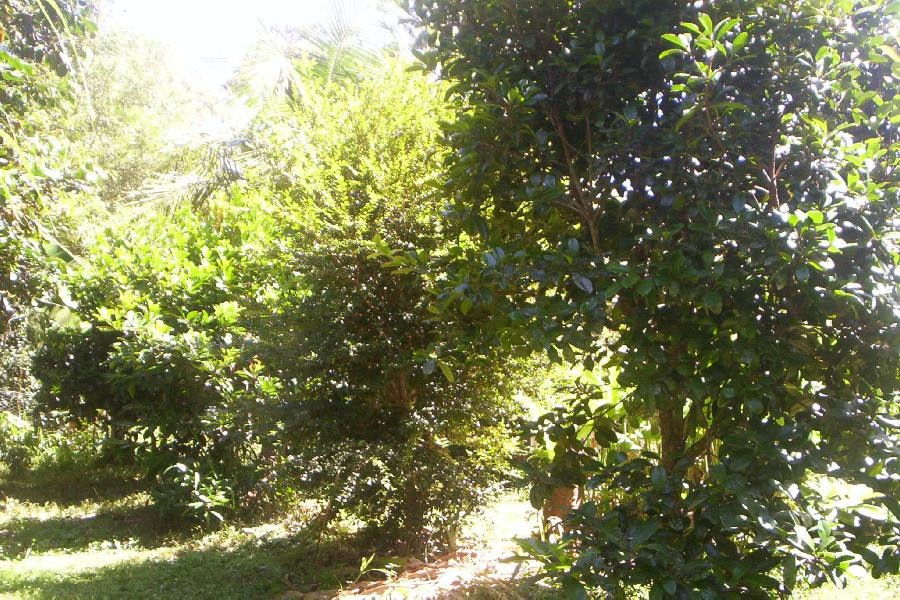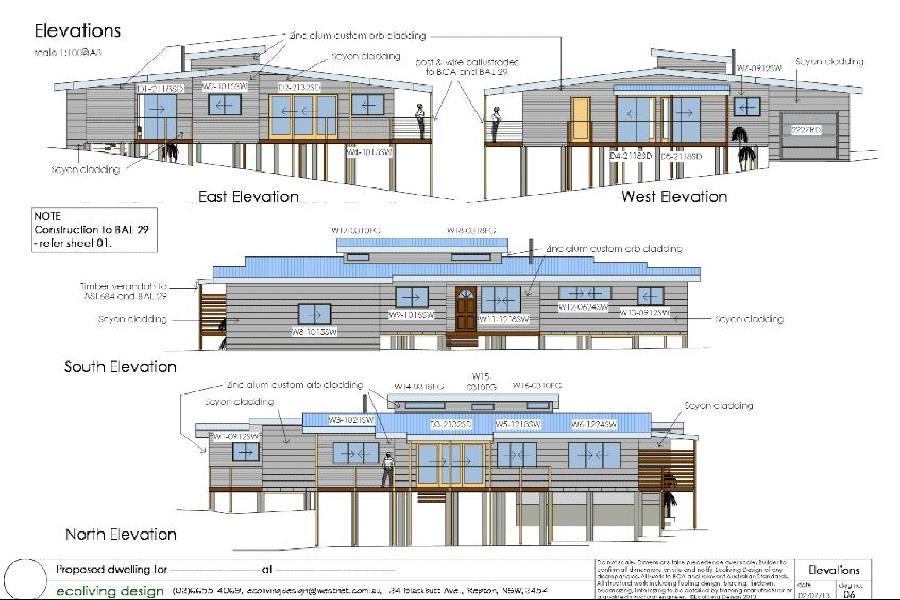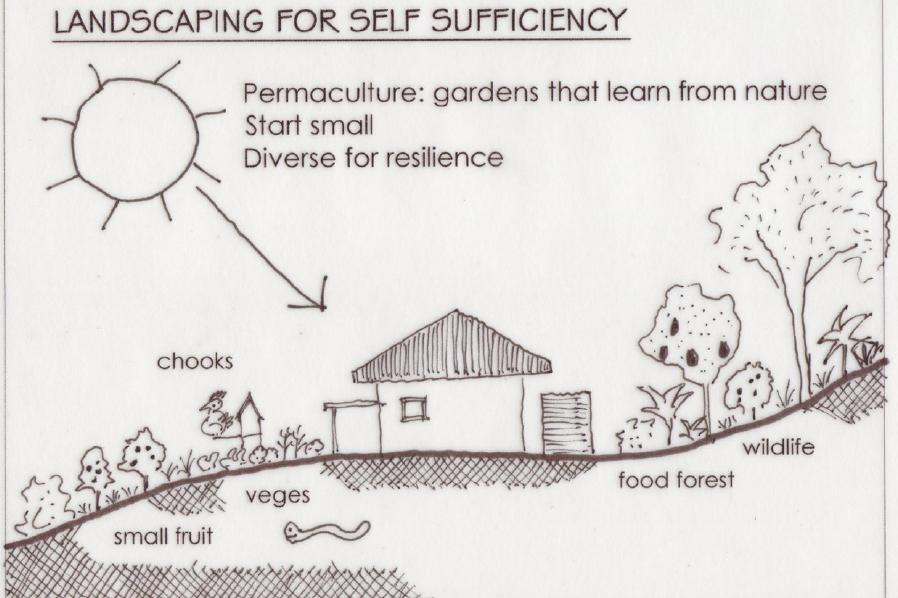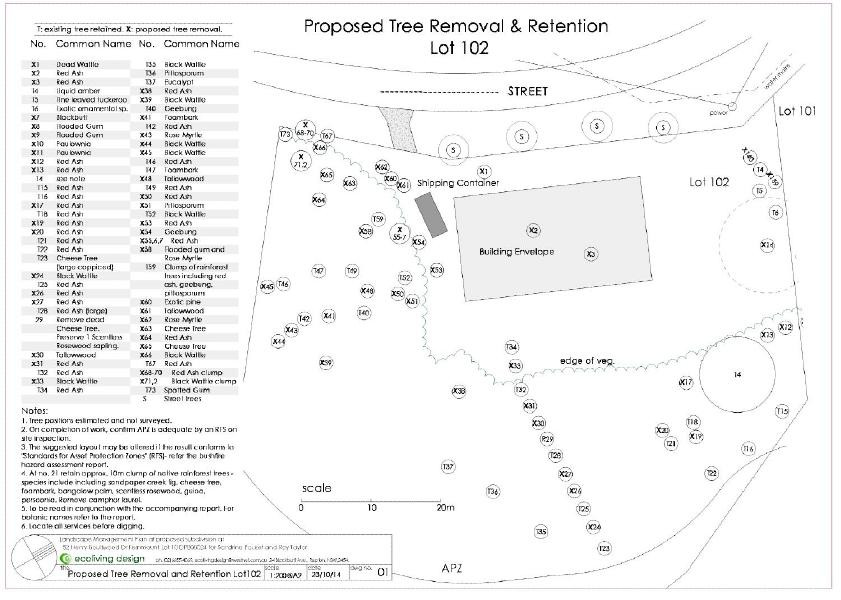ON SITE WASTE WATER PLANS
ON SITE WASTE WATER PLANS
We design treatment and land application systems for residential use.
We work with conventional methods like septic and AWTS.
We also use more innovative methods like reed beds, compost toilets and using waste water for home crops.
If your land can’t be connected to council sewer, then waste water needs to be treated and disposed of on site. Council will require a design which conforms to Australian standards. Designs are site specific, considering the dwelling capacity, terrain, soil and surrounding water movement.
On site waste water regulations have toughened over time, so many systems that were allowed in the past will no longer cut it. It’s common for people who extend their house to get a nasty shock when council requires a new or dramatically upgraded system.
PRIMARY TREATMENT
Sewer goes to septic tank and gravel filled trenches. These are relatively simple and cheap. They require large areas of favourable land with fairly good soil, well away from water courses or ground water.
SECONDARY TREATMENT
If any one of the above factors (land size, slope, soil type, proximity to permanent or ground water) is unfavourable, further treatment is required. This is usually an intermediate step between the septic and trenches – secondary treatment. You can use an AWTS or reed beds.
AWTS
(Aerated Wastewater Treatment System) is a series of chambers, pumps, filters, perhaps chlorinators within a big plastic unit. There are a range of brand names, e.g. envirocycle. Customers must enter into a maintenance contract. Typically, installation costs about $14000 and maintenance $1200/ yr. At this rate, a unit costs the price of installation every 11-12 years, not counting electricity or replacement parts.
REED BEDS
A reed bed is a gravel filled tank with plants. The water surface is below the gravel, so mosquitoes should not be an issue. Treatment is mostly through the biological action of bacteria and micro organisms hosted by the aquatic plant roots. Although the reed bed ecology is vulnerable to toxic agents, so to is an AWTS, as both systems rely on bacterial action. An advantage is that compared to AWTS, it is a simple system which is far cheaper to run and maintain. It’s my recommended system.
BLACK WATER
Is faecies mixed with water, produced by a flush toilet. Primary treated black water requires gravel trench disposal areas approximately three times the size of secondary treated black water.
GREY WATER
Is all other water – bathroom, laundry, kitchen. It is approximately the same quality as secondary treated black water.
COMPOST TOILETS
Believe it or not, this is the most progressive form of on site waste water treatment because there is no black water. No toilet flushing means reduced water consumption and less land required for on site treatment. The ideal system is two large (at least 1 cubic metre each) chambers rotated as a long period batch system. Unfortunately there is no commercially available unit like this. The best alternative is a pair of Clivus Multrum units. They include large, compartmentalised chambers with baffles and low power fans.
This system requires an allowance in the bathroom design for plenty of space in plan, under floor and accessibility for emptying.
USING GREY WATER IN THE GARDEN
In NSW, a system that exposes grey water to the surface would not get council approval. The closest you would get is an irrigation system 100mm under mulch. A concession allows you to divert grey water to the garden without council approval if a range of conditions are met.
- Region: ANZ and Oceania
- Country: Australia
- {{ error }}
- Request sent successfully.





